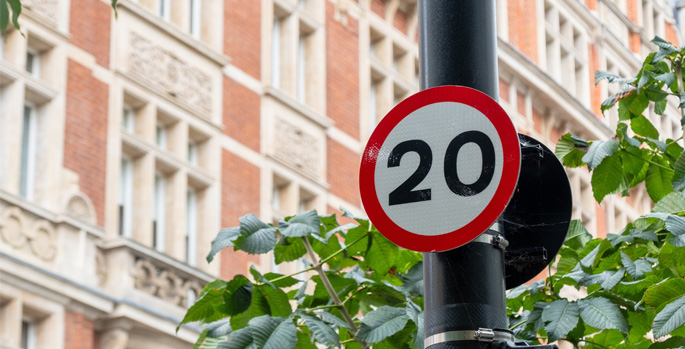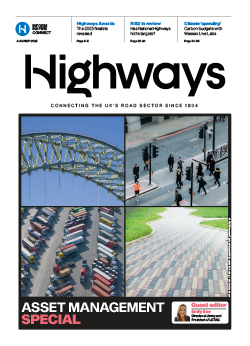
£26,403.00 - £28,142.00, Grade 5, 37 hours, Permanent
Parking Services are looking to recruit 2 full time Civil Enforcement Officers to complement its existing workforce.
Wakefield, West Yorkshire
Recruiter: Wakefield Council
Grade 6 £25,981 - £26,815
We are about to embark on an ambitious programme of change in our city.
Doncaster, South Yorkshire
Recruiter: City Of Doncaster Council
£37,280 - £40,777
This is an exciting time for a talented, self-driven professional to join us in the role of Highways Development Management Co-ordinator.
Gloucester
Recruiter: Gloucestershire County Council
£48,226 - £51,35
This is an exciting time for a talented, self-driven professional to join us in the role of Highways Principal Development Management Co-ordinator .
Gloucester, Gloucestershire
Recruiter: Gloucestershire County Council
PO2 - £41,442 to £44,331
Help us keep our streets safe, efficient and ready for the future
Greenwich, London (Greater)
Recruiter: Royal Borough of Greenwich
£47,181.00 - £50,269.00, Grade 11, 37 hours, Permanent
We are seeking a dedicated Principal Highways Development Management Engineer to join our team.
Wakefield, West Yorkshire
Recruiter: Wakefield Council
£32,061.00 - £46,142.00, Career Grade 7-10, 37 hours, Permanent
Do you want to join a team helping to shape the future of Wakefield through HIghways Development Management?
Wakefield, West Yorkshire
Recruiter: Wakefield Council
£31,537 - £42,839 per annum
Would you like to be part of our friendly, welcoming Highways team, proud to manage all aspects of the highway network?
Boroughbridge, York
Recruiter: North Yorkshire Council
£31,537 - £42,839 per annum
Would you like to be part of our friendly, welcoming Highways team, proud to manage all aspects of the highway network?
Skipton, North Yorkshire
Recruiter: North Yorkshire Council
Grade 8 £29,719 - £31,691 per annum
Within the Highways Maintenance Team we are looking for an enthusiastic, customer focused and experienced person
Derbyshire
Recruiter: Derbyshire County Council
Grade N, scp50 £62,443 to scp53 £65,663 per annum, plus essential car user allowance
We embrace AI to enhance our operations and to innovate our services.
Bolton, Greater Manchester
Recruiter: Bolton Council
Grade 8 £29,719 - £31,691 per annum
At Derbyshire, we have been on a journey to transform the way we deliver highway services.
Derbyshire
Recruiter: Derbyshire County Council
Grade 10 - £48,226 - £51,356
Cardiff is growing faster than any other capital city in Europe.
Cardiff (Caerdydd)
Recruiter: Cardiff Council
£Competitive
We have a fantastic opportunity for a permanent Highways Supervisor
Forfar, Angus
Recruiter: Amey
£Competitive
We are excited to offer fantastic opportunities for Permanent Tree Surveyors
Scotland
Recruiter: Amey
£Competitive
We’re looking for a bold, visionary leader to take on the role of Chief Operating Officer
Carmarthenshire (Sir Gaerfyrddin)
Recruiter: Carmarthenshire County Council
£Competitive
We have a fantastic opportunity for a Clerk of Works to join our dynamic NMC SW Account team at Polmadie.
Glasgow, Glasgow City
Recruiter: Amey
£Competitive
We have a fantastic opportunity for a permanent Highways Supervisor to join our NMC NE account in Kinross.
Perth and Kinross
Recruiter: Amey
£Competitive
We have a fantastic opportunity for Permanent Planner – Highways to join our NMC SW Account.
Glasgow City
Recruiter: Amey
£51,356 - £55,539 per annum
We are looking for an experienced Engineer to join the team as a Highways Maintenance Manager
Selby, North Yorkshire
Recruiter: North Yorkshire Council






